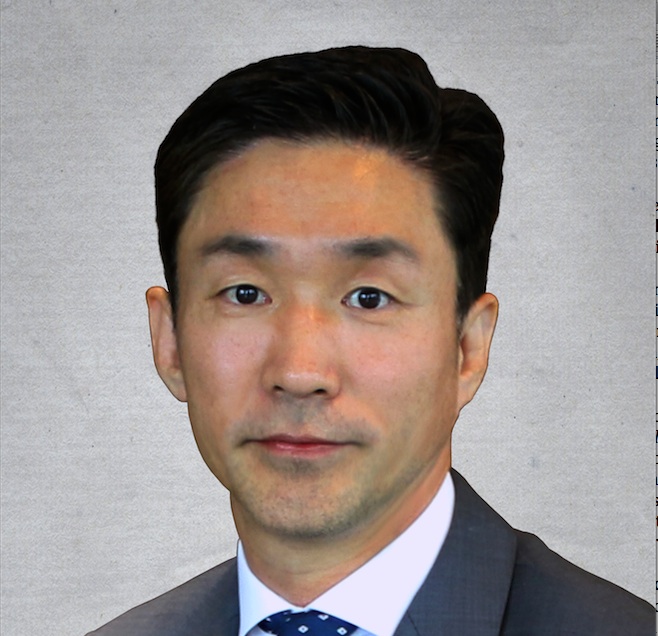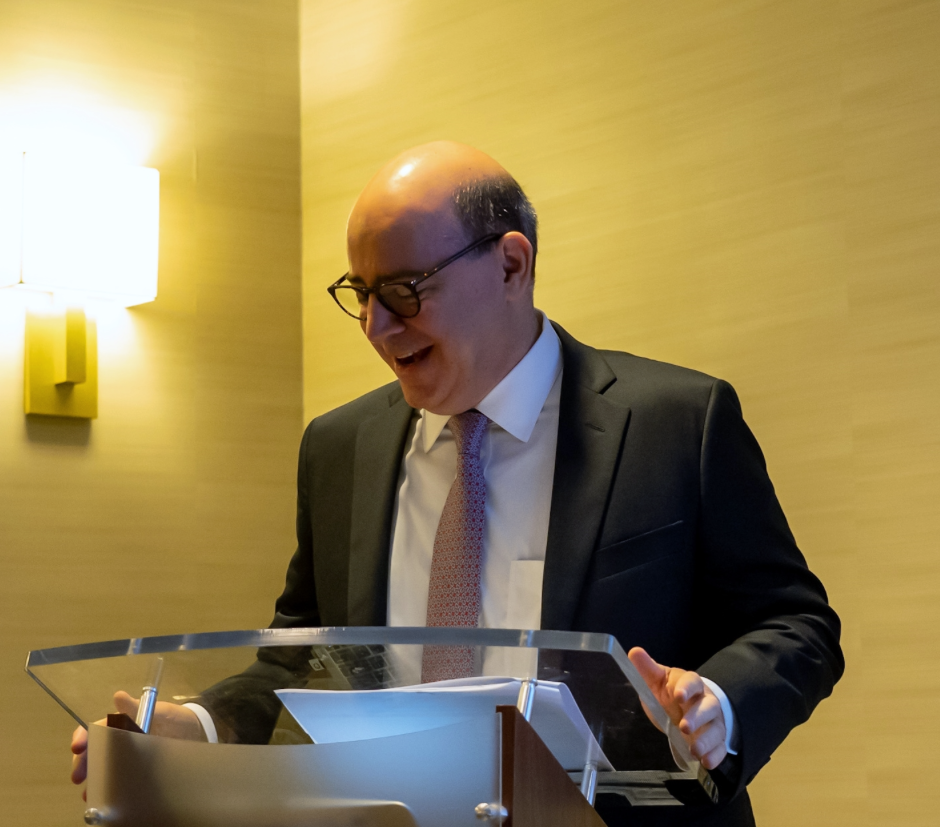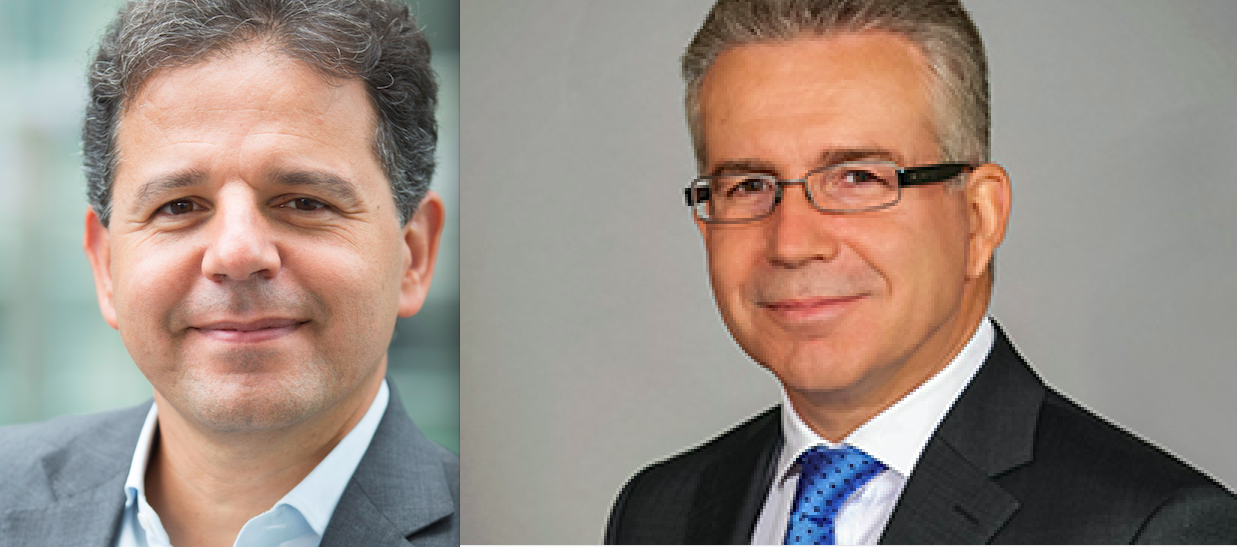Gillian Tiltman, Neuberger Berman: “The Real Estate Sector is The First to Respond to Changes in The Way People Live and Work”
| By Fórmate a Fondo | 0 Comentarios

Gillian Tiltman, portfolio manager of the two Neuberger Berman REITS strategies is convinced that the listed real estate sector is the first to react to the social and demographic themes that are changing the world. Thus, in an exclusive interview for Funds Society, the manager explains the strong potential that they expect in the non-core sectors in the listed real estate investment segment (REITS).
“We think that real estate is the first sector to respond on how people are living and working”, explains Tiltman.
Among others, data storage is one of the main new industries that they are taking advantage of. “If you think about cell towers, there are our largest holdings in both our global and us funds, the expanding global broadband usage requires robust cell tower infrastructure and this next generation 5G technology build out is already very much underway.”, affirms the expert.
Tiltman also highlights the expected growth rates close to 40% in data consumption in the United States until 2023. “ It is not just about people having more and more devices, is the amount of data that they are using. When we are thinking about cell towers, we are leasing space in the air, the more the data usage the more you need to lease. Is 0,02 megabites to send a mail is 11.000 times that to watch a 30 min TV show in Netflix”, explains the portfolio manager.
Another of the non-core sectors with a lot of potential is the industrial segment that has been developed in response to the rise of e-commerce. Strong sales in e-commerce have negatively impacted the traditional real estate sector due to shop closures and bankruptcies in the real economy, but, nevertheless, it has caused the development of the industrial segment to meet the last mile distribution needs, in which the Neuberger Berman REITS funds have also invested.
On the other hand, the socio-demographic changes of the millennial generation and the ageing of the population have resulted in an overweight of the US residential sector: “Getting married used to be a real driver of the US residential market to buy a single family home. Now people are getting married later and later or not getting married at all and even when they do so, this is not going to be the catalyst to buy a home. They want flexibility, they don’t necessarily want that to be tied down to home ownership.”, comments Tiltman.
In this sense, a bigger demand in professional rental services from the new generations stands out “What we are seeing now is that when people do get married, or having children and they want access to school and they want to live in little more suburban environment they still want to rent. But they want to do that in a professional way. They don’t want to rent just from a person, they want to rent from a company and that is why we are overweight in single family rentals.”.
The segment of manufactured housing is another one that is overweight in its portfolio, due to its popularity among more senior population and for being “one of the bastions of affordable housing still the United States, ” says Tiltman
Although the development of the non-core segments has mainly focused on the United States, sectors such as student residences and personal storage are non-core sectors in the United Kingdom, which have helped alleviate the lower growth and uncertainty generated by Brexit. “There is still robust demand for universities from UK nationals and non- EU foreigners and that is what we are concentrating on”, declares Tiltman.
As for the impact of the macro moment, Tiltman questions the idea that the real estate sector can be considered cyclical and highlights the importance of investing globally. “When you invest globally the cycle stops mattering that much because there are so many different so called cycle to investing. In our global fund, for example, if you think on San Francisco offices is a total different cycle than NY offices, to Miami hotels so we believe that it can be an evergreen asset class”.
As per the advantages offered by this asset class in the composition of the portfolios, Tiltman highlights three: liquidity, performance and exposure. “It is an asset class to hold in a portfolio alongside bonds, alongside global equities, alongside physical real estate as well.”, affirms. In terms of correlation with equities it is high because they are listed securities, but their current levels are at pre-crisis levels close to 0.5.
At this regard, the manager adds: “The longer you hold the securities the more direct real estate like you are going to became so that is why we take the view that understanding the true value of the asset is key and that is our investment style”.
Another advantage of this asset class is that listed real estate investments are required to pay to pay 90% of their capital income as dividends “this means they have to have a very good capital disciplineand they are never forced buyers are private real estates companies might be.”, explains the expert.,
Finally, Tiltman is optimistic about the outlook for this asset category despite the strong returns already recorded. “There is plenty of earnings growth coming in different sectors, REITS are trading at low multiple versus equities, we have seen great signs to show how REITS have been resilient late cycle and also in recession”, concluded the portfolio manager.










